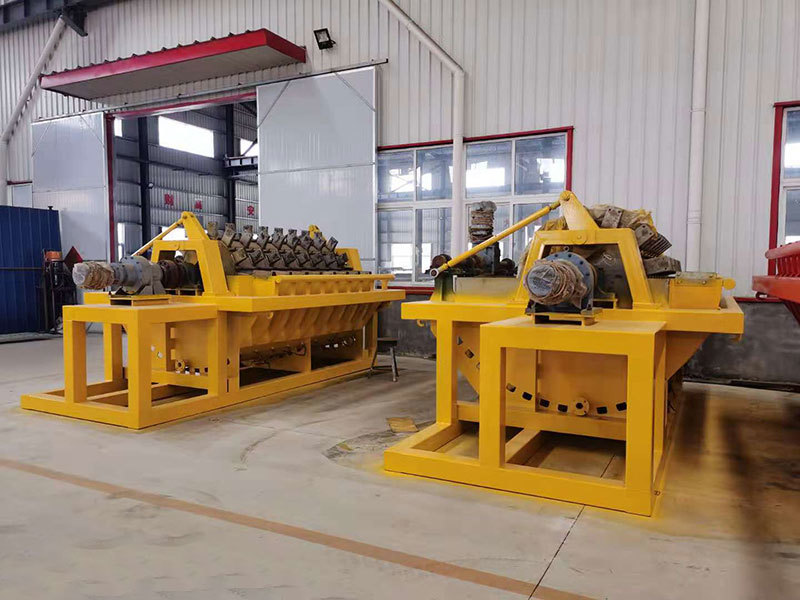The application range of horizontal belt vacuum filters.
Release time:
2023-12-13
Source:
The horizontal belt vacuum filter is a type of efficient solid-liquid separation equipment that uses filter cloth as the filtering medium. It flexibly utilizes the gravitational force of the raw materials and vacuum suction to achieve solid-liquid separation.
The horizontal belt vacuum filter is a type of reasonable and effective solid-liquid separation equipment, using filter cloth as the filtering medium, flexibly utilizing the gravity of the raw materials and vacuum suction to complete solid-liquid separation. So what are the application areas of the horizontal belt vacuum filter? Today we will explain it in detail.

1. Modular design, flexible structural features, convenient assembly, and easy transportation. It can also be installed and adjusted before overall transportation.
2. The filter cloth and belt are synchronously controlled on the filtering device, allowing for continuous feeding, suction filtration, cleaning, drying, and filter cloth regeneration.
3. It can be operated remotely and interactively on-site, facilitating unmanned operation.
4. On the belt support, various methods such as roller type, air cushion type, tray type, and multi-friction belt support are completed, reducing friction and extending the service life of the belt.
5. It can be segmented and collected during cleaning, and can perform downstream or backflow cleaning.
6. High-pressure cleaning methods can be used to enhance the regeneration effect and service life of the filter cloth.
7. The liquid discharge methods include zero liquid discharge, high liquid discharge, and assisted discharge.
8. Adding a cover or aluminum-plastic window to the shape of the equipment to achieve semi-closed or fully closed, used for partial heat insulation or centralized collection of raw materials containing volatile gases or vapors.
This is what we wanted to share with you today about the application areas of the horizontal belt vacuum filter. We will stop here for today's content, and see you next time.
Other dynamics
How to choose the filter cloth for a horizontal belt vacuum filter?
In the daily industrial production of horizontal belt vacuum filters, a common issue is how to choose a filter cloth that is suitable for one's own industry. How should one select the filter cloth for different types of filter presses?
The application range of horizontal belt vacuum filters.
The horizontal belt vacuum filter is a type of efficient solid-liquid separation equipment that uses filter cloth as the filtering medium. It flexibly utilizes the gravitational force of the raw materials and vacuum suction to achieve solid-liquid separation.
Precautions for Vacuum Filter Machines
In the process of properly filtering waste liquid, a vacuum filter is indeed indispensable. This is mainly because it effectively utilizes vacuum pressure to perform its work, and its operation skills are simple and easy to master, which is why it is favored by many people.
The reasons for the non-sealing of a horizontal belt vacuum filter.
What causes a horizontal belt vacuum filter to become unsealed? During the operation of a filter press, there are times when it encounters sealing issues, which can affect the operation of the equipment and pose safety risks in the production process. So, what leads to such situations? Here, we summarize several aspects. Let's take a look.
What are the technical characteristics of a vacuum belt filter?
The vacuum belt filter press uses a vacuum box and a lifting device to connect sections into a whole, forming a vacuum liquid collection system, which is widely used.
Maintenance of Vacuum Belt Filter during Shutdown
If the internal energy of the filtrate in a vacuum belt filter increases, the liquid will also exert pressure on the filter plate. If the filter plate cannot withstand this pressure, the filtrate will inevitably leak out through the gaps in the filter plate, significantly reducing the original internal energy of the filtrate. Therefore, the equipment needs to provide pressure to the filter plate, with the pressure being greater than the counteracting force of the filtrate on the filter plate, thus ensuring that the filtrate maintains a high internal energy, which in turn improves the filtration effect.

